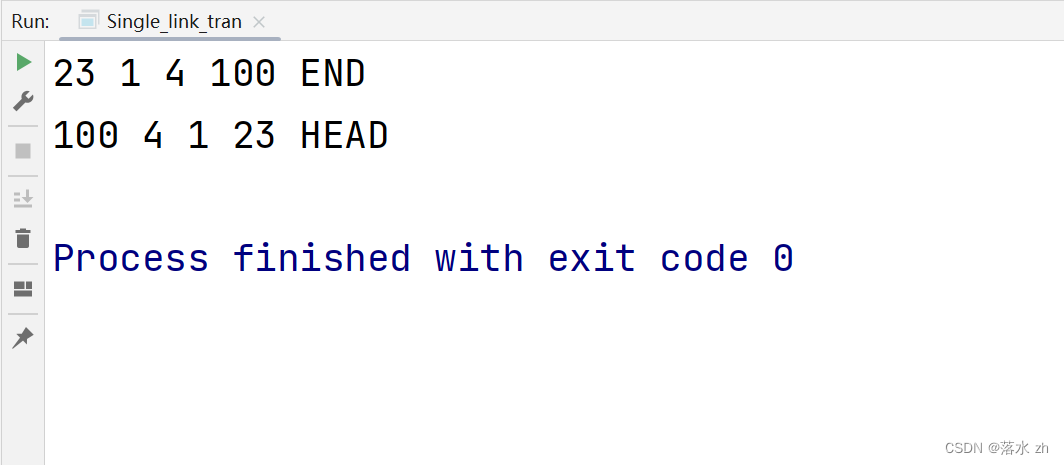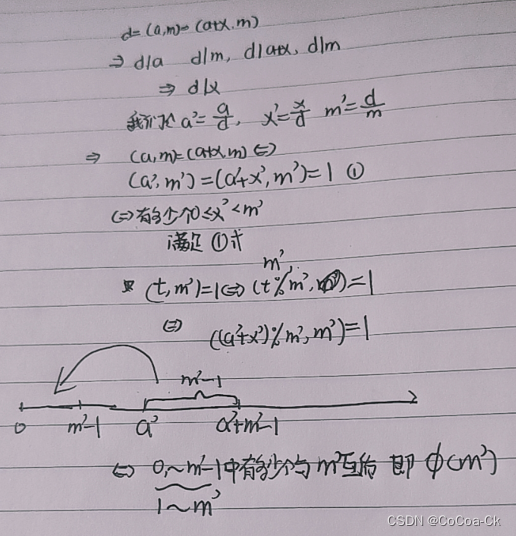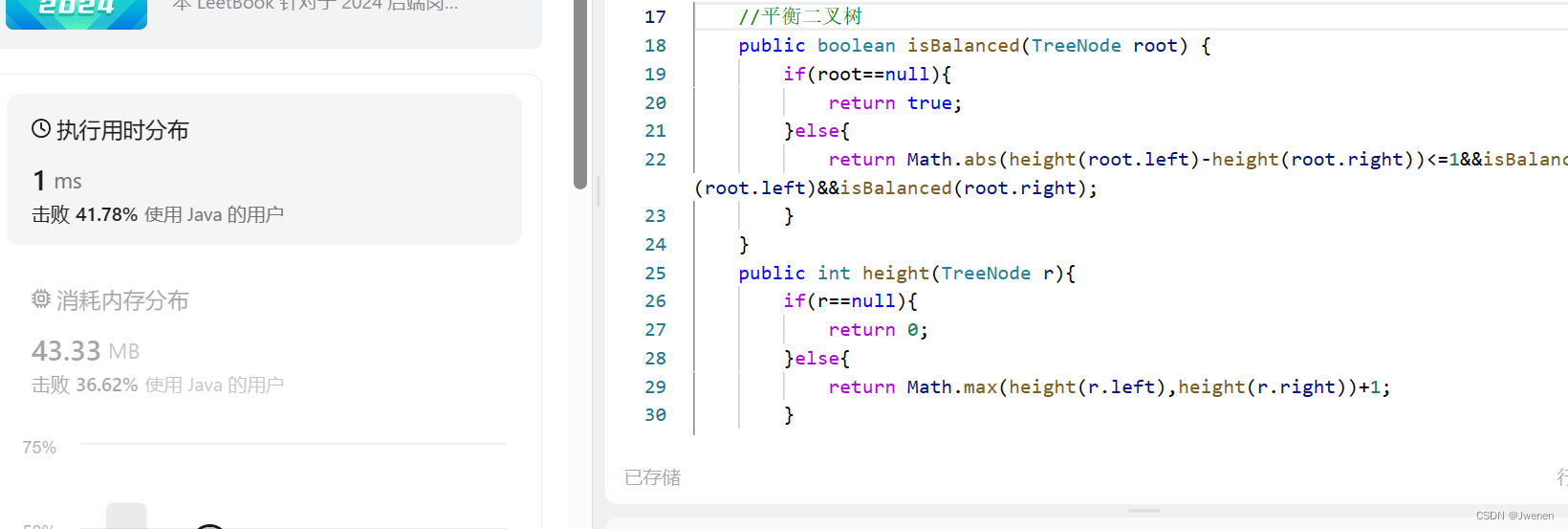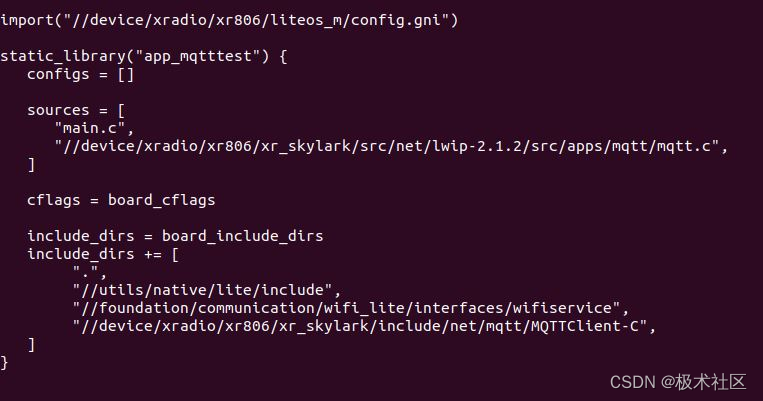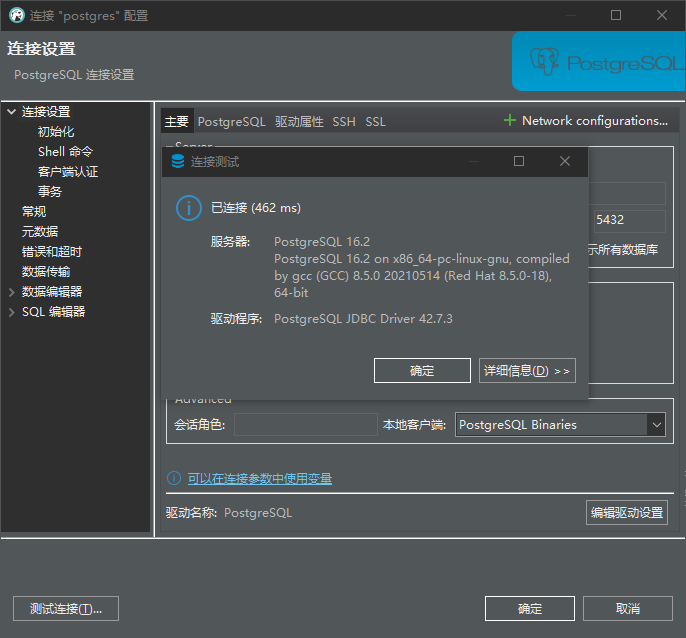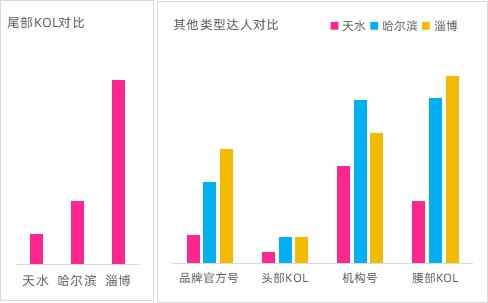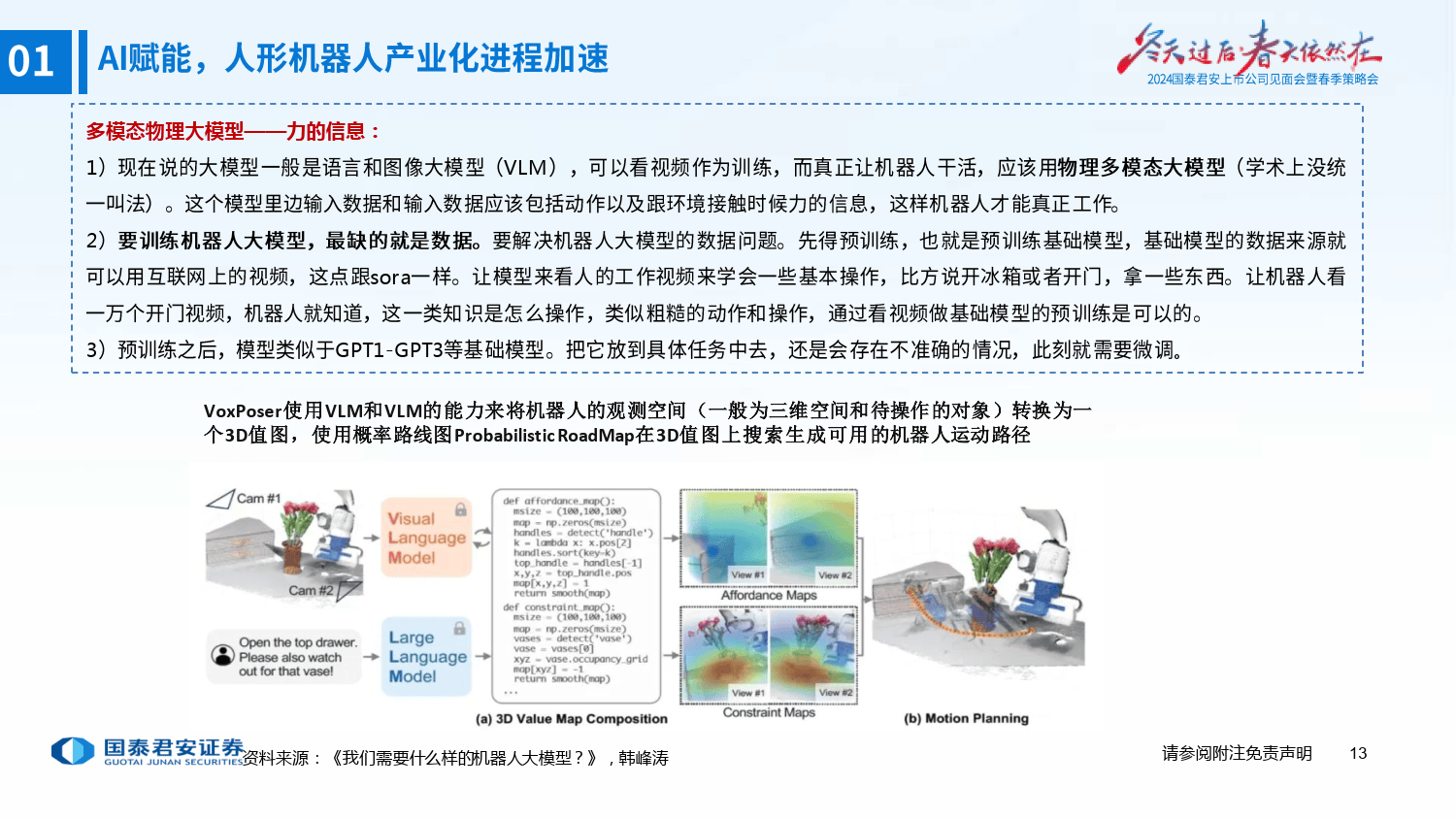数据结构——链表变形
- 带尾指针的链表
- 尾插的变化
- 循环
- 双向
- 双向循环
我们在上次已经了解了单链表,今天我们来了解一下链表的各种变形,如果还没有了解过上面单链表的小伙伴可以点击这里:
https://blog.csdn.net/qq_67693066/article/details/137640481
带尾指针的链表
这里我们介绍带头结点和带尾指针的链表。
首先我们一开始的结点类基本不用改动:
//结点类的定义
template<class T>
struct linkNode
{
linkNode()
:_data(T())
,_next(nullptr)
{
}
linkNode(const T& data)
:_data(data)
,_next(nullptr)
{
}
//数据域
T _data;
//下一个结点的指针
linkNode<T>* _next;
};
这是我们原先的链表结构:
//链表类的定义
template<class T>
class list
{
typedef linkNode<T> Node;
public:
list()
{
_head = new Node();
}
//创建结点
Node* createNode(const T& data)
{
//
Node* newnode = new Node(data);
if(newnode == nullptr)
{
perror("new fail");
exit(EXIT_FAILURE);
}
return newnode;
}
private:
Node* _head;
};
这样我们创建一个链表的时候,默认就会有一个头结点:
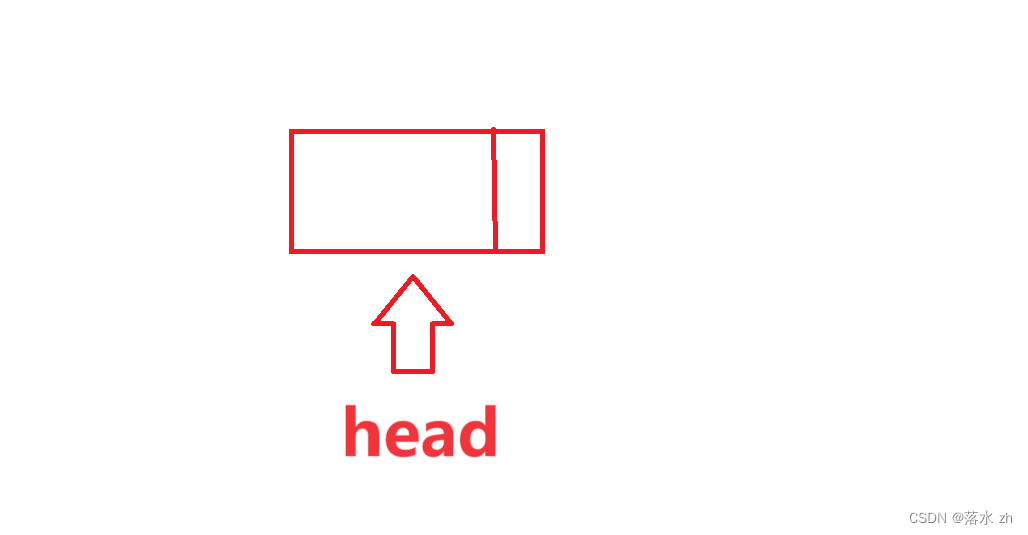
现在我们想增加一个尾指针,尾指针会指向最后一个元素,这个时候头结点就是最后一个元素,所以我们创建一个尾指针指向head:

同时在构造函数中,在开辟完头结点后,记得把尾指针指向头结点:
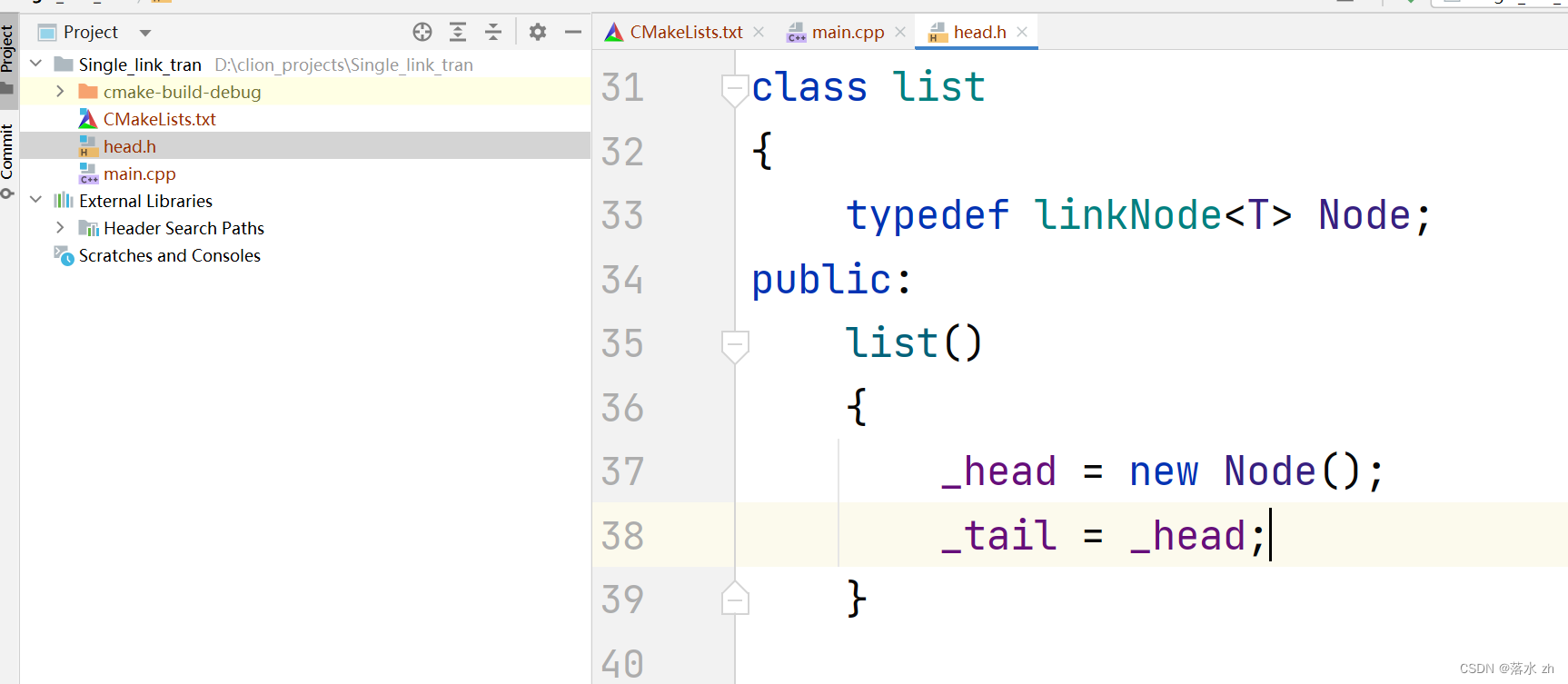
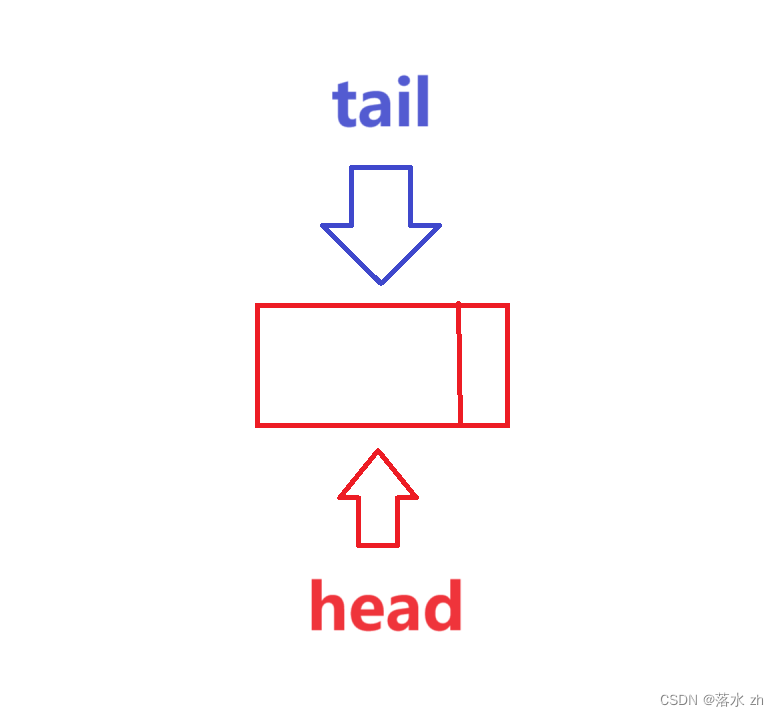
尾插的变化
尾插的时候,我们只需要在完成链接之后,将尾指针移动到新结点就行了:
//尾插
void TailInsert(const T& data)
{
Node* newnode = createNode(data);
_tail->_next = newnode;
_tail = newnode;
}
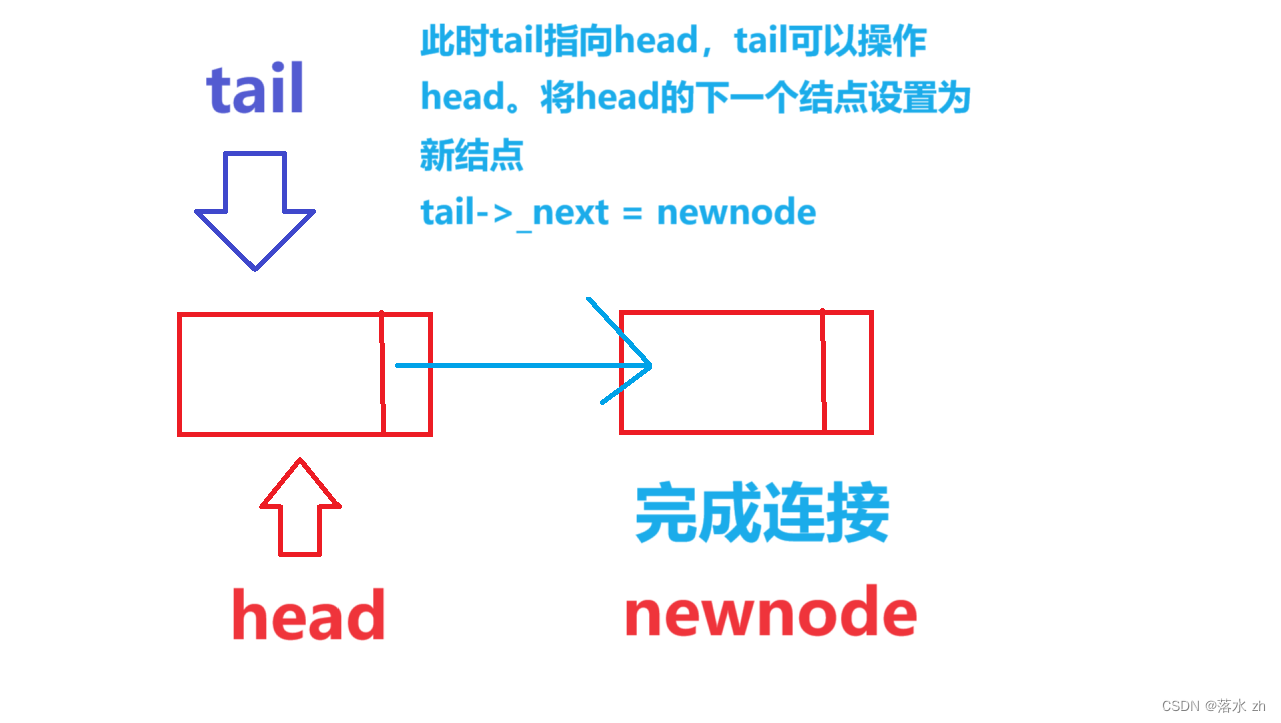
移动尾指针:
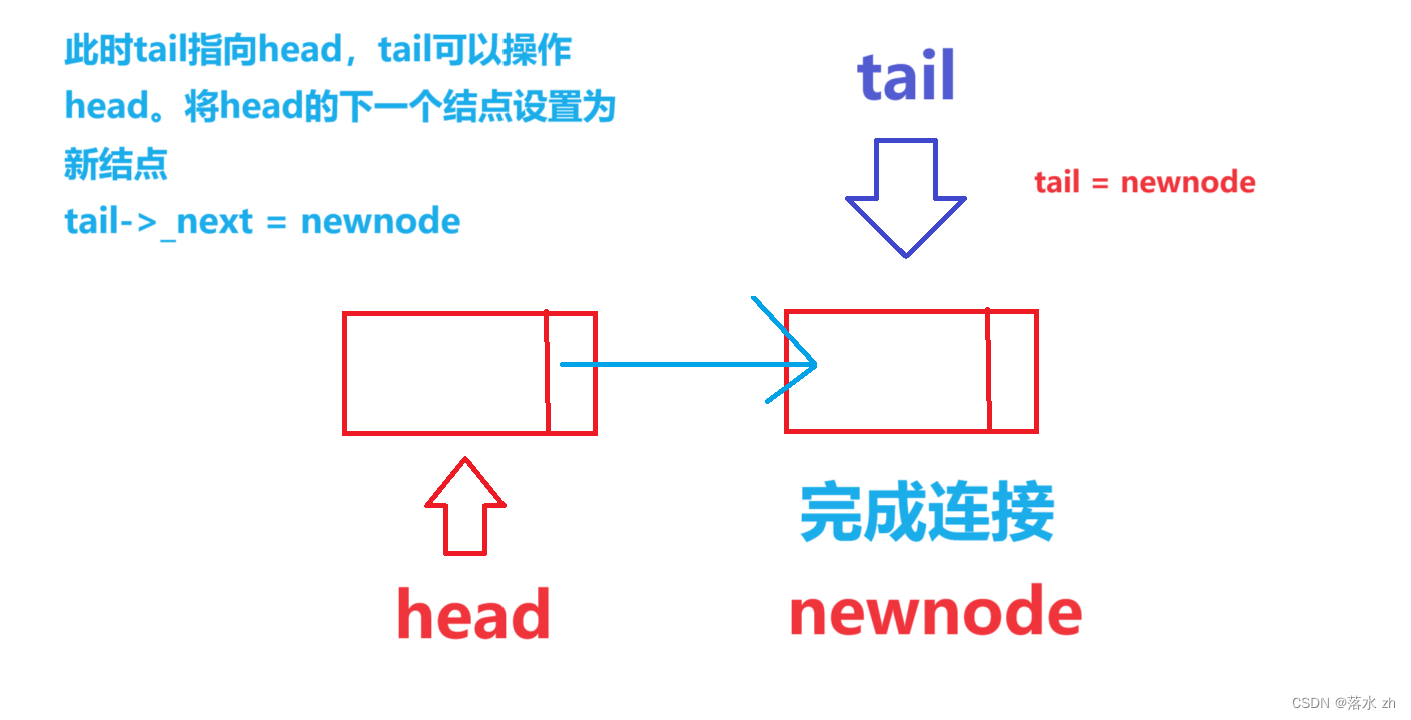
我们可以测试一下:
#pragma once
#include<iostream>
//结点类的定义
template<class T>
struct linkNode
{
linkNode()
:_data(T())
,_next(nullptr)
{
}
linkNode(const T& data)
:_data(data)
,_next(nullptr)
{
}
//数据域
T _data;
//下一个结点的指针
linkNode<T>* _next;
};
//链表类的定义
template<class T>
class list
{
typedef linkNode<T> Node;
public:
list()
{
_head = new Node();
_tail = _head;
}
//创建结点
Node* createNode(const T& data)
{
//
Node* newnode = new Node(data);
if(newnode == nullptr)
{
perror("new fail");
exit(EXIT_FAILURE);
}
return newnode;
}
//尾插
void TailInsert(const T& data)
{
Node* newnode = createNode(data);
_tail->_next = newnode;
_tail = newnode;
}
//打印
void PrintList()
{
Node* cur = _head->_next;
while(cur != nullptr)
{
std::cout<< cur->_data << " ";
cur=cur->_next;
}
std::cout<<"END"<<std::endl;
}
private:
Node* _head;
Node* _tail; //新增尾指针
};
#include "head.h"
int main()
{
list<int> lt;
lt.TailInsert(23);
lt.TailInsert(1);
lt.TailInsert(4);
lt.TailInsert(100);
lt.PrintList();
}

循环
我们现在想实现链表的循环,其实本质就是末尾结点的下一个结点就是头结点:

就算只有头结点一个,也可以自己指向自己:
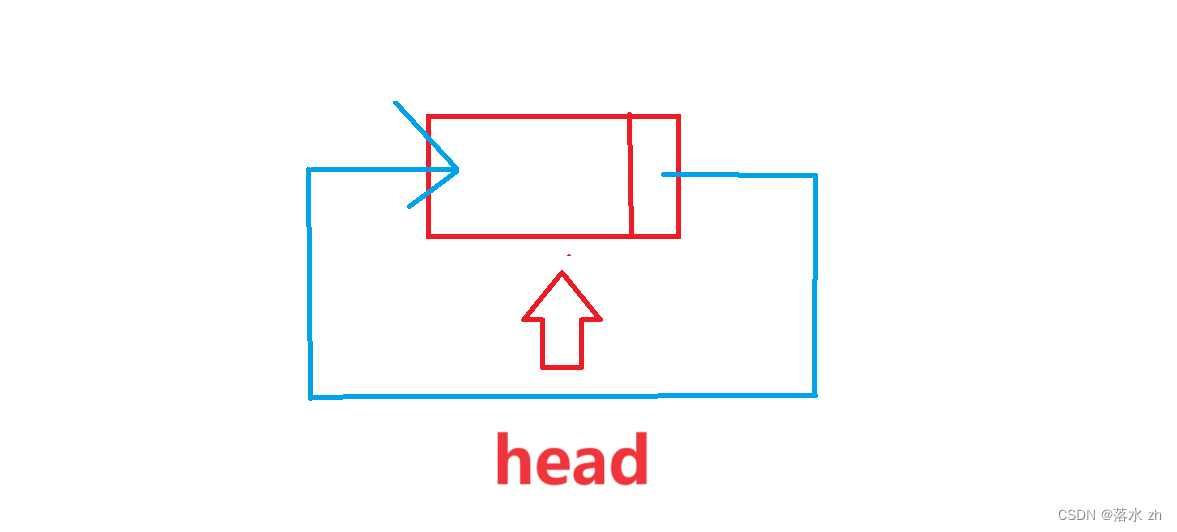
我们接着用尾指针的链表来改造:
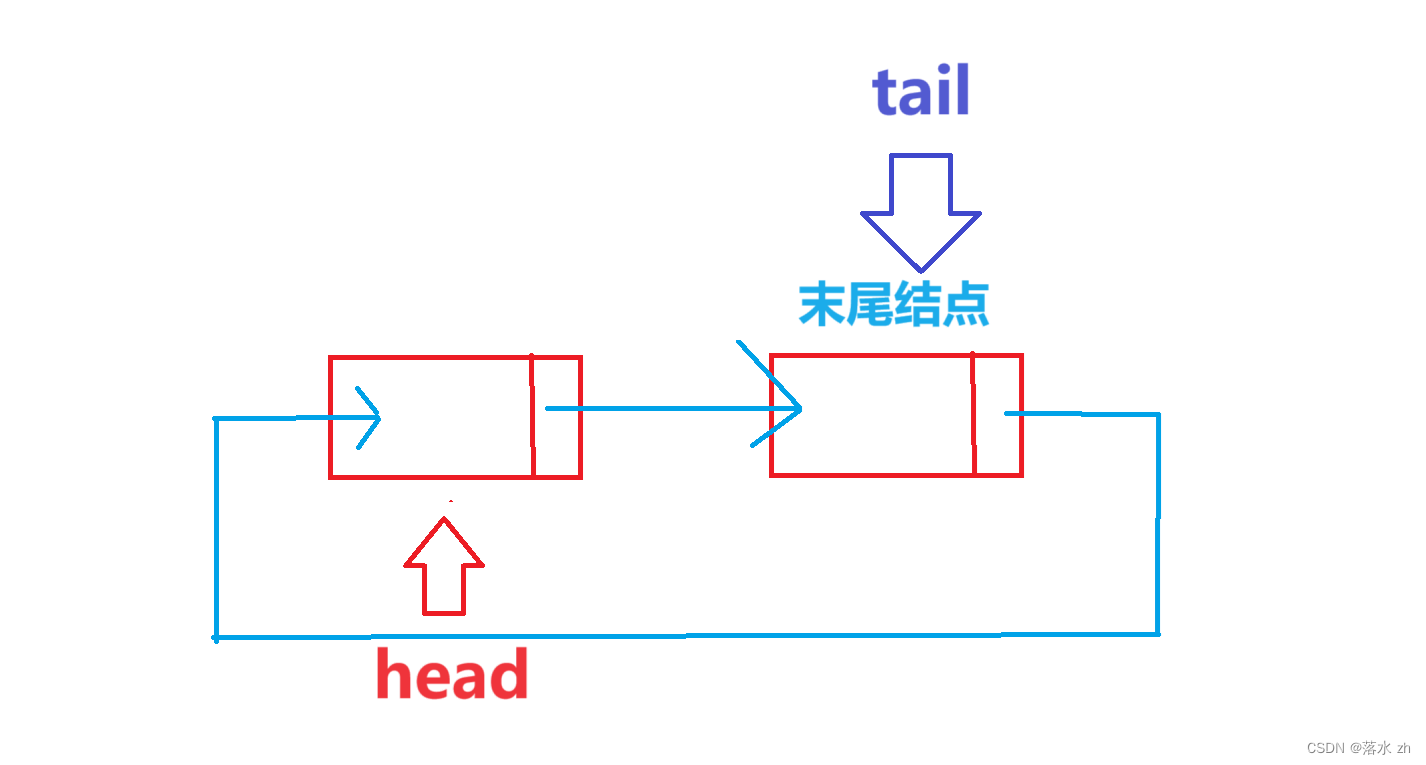
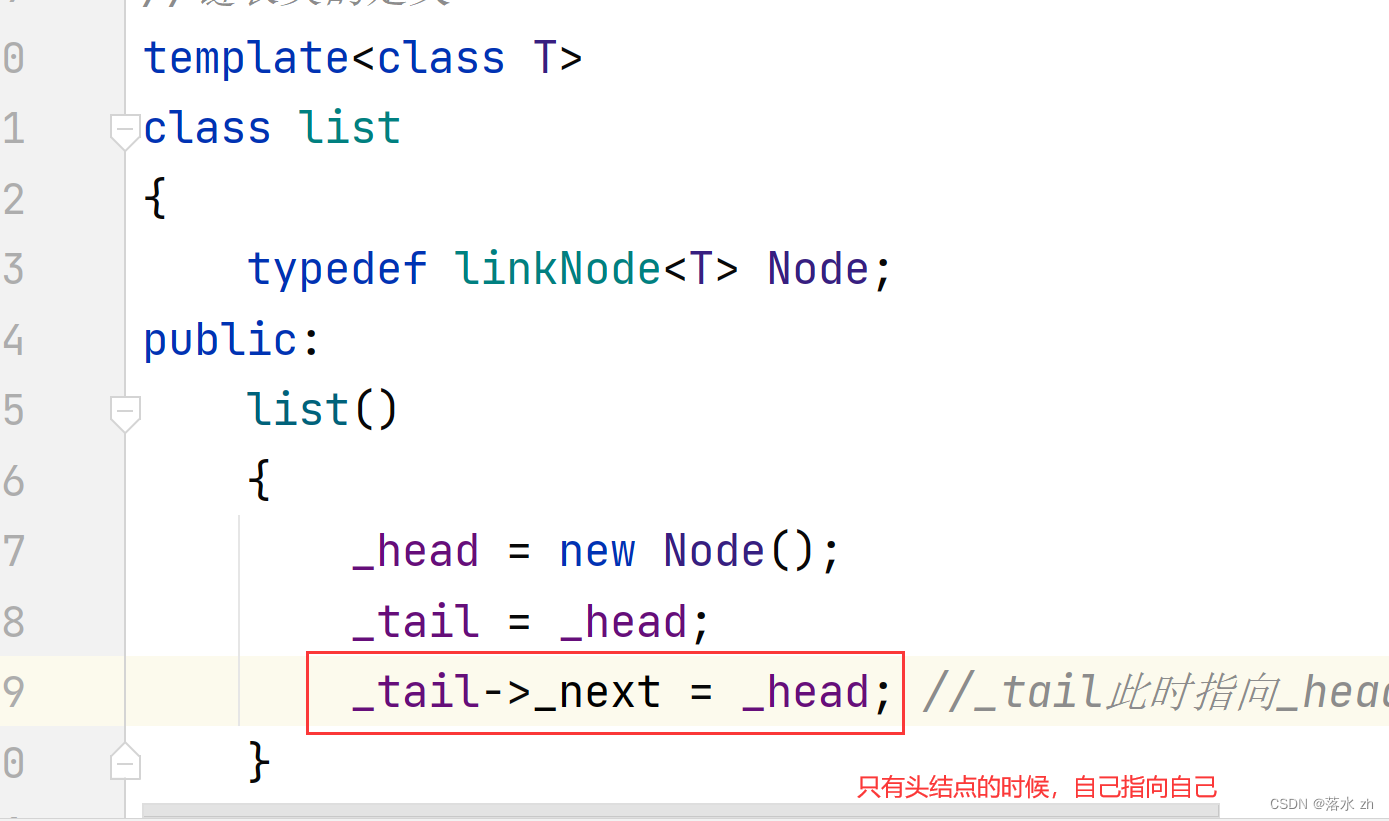
打印结束的条件也应该修改:
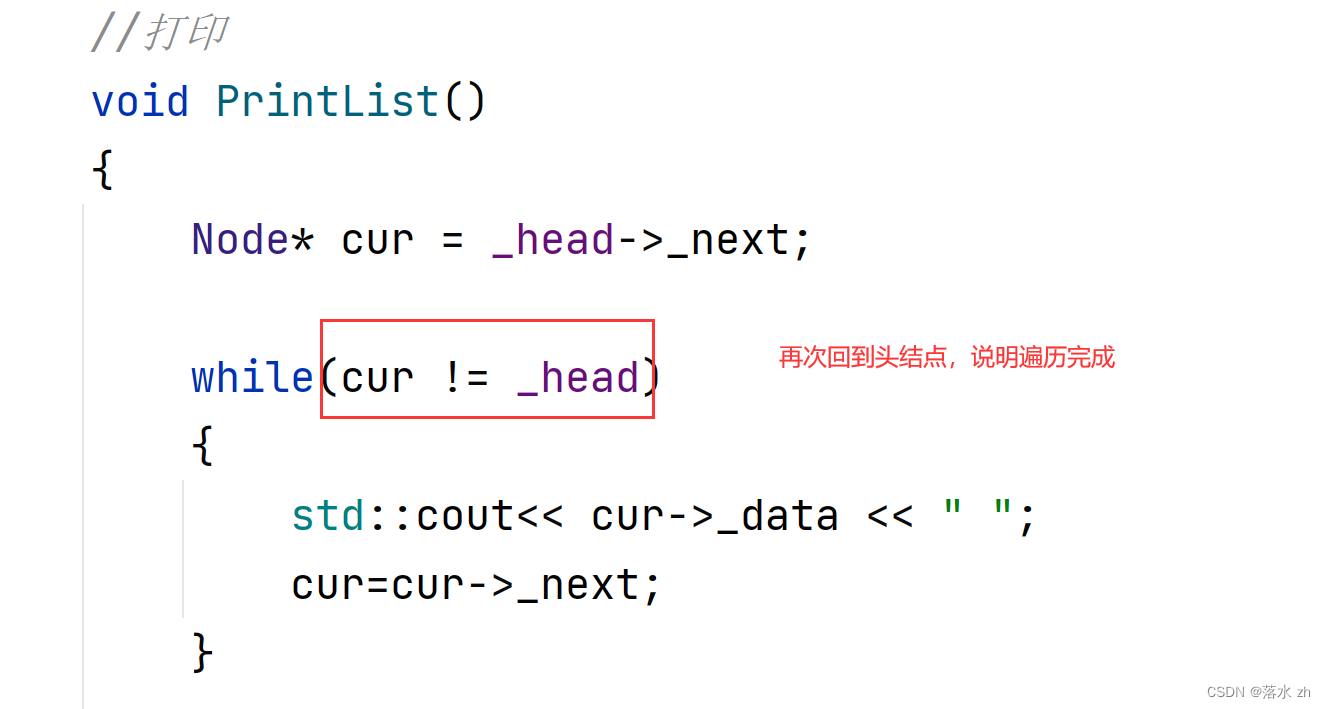
#pragma once
#include<iostream>
//结点类的定义
template<class T>
struct linkNode
{
linkNode()
:_data(T())
,_next(nullptr)
{
}
linkNode(const T& data)
:_data(data)
,_next(nullptr)
{
}
//数据域
T _data;
//下一个结点的指针
linkNode<T>* _next;
};
//链表类的定义
template<class T>
class list
{
typedef linkNode<T> Node;
public:
list()
{
_head = new Node();
_tail = _head;
_tail->_next = _head; //_tail此时指向_head的空间,可以控制_head所指的空间,这个操作是指向自己
}
//创建结点
Node* createNode(const T& data)
{
//创建结点
Node* newnode = new Node(data);
if(newnode == nullptr)
{
perror("new fail");
exit(EXIT_FAILURE);
}
return newnode;
}
//尾插
void TailInsert(const T& data)
{
Node* newnode = createNode(data);
_tail->_next = newnode;
_tail = newnode;
_tail->_next = _head; //最后一个结点的下一个结点指向头结点,完成循环
}
//打印
void PrintList()
{
Node* cur = _head->_next;
while(cur != _head)
{
std::cout<< cur->_data << " ";
cur=cur->_next;
}
std::cout<<"END"<<std::endl;
}
private:
Node* _head;
Node* _tail; //新增尾指针
};
双向
我们如果要完成双向,一个结点不能只存放后继结点,也要存放它的前驱结点:
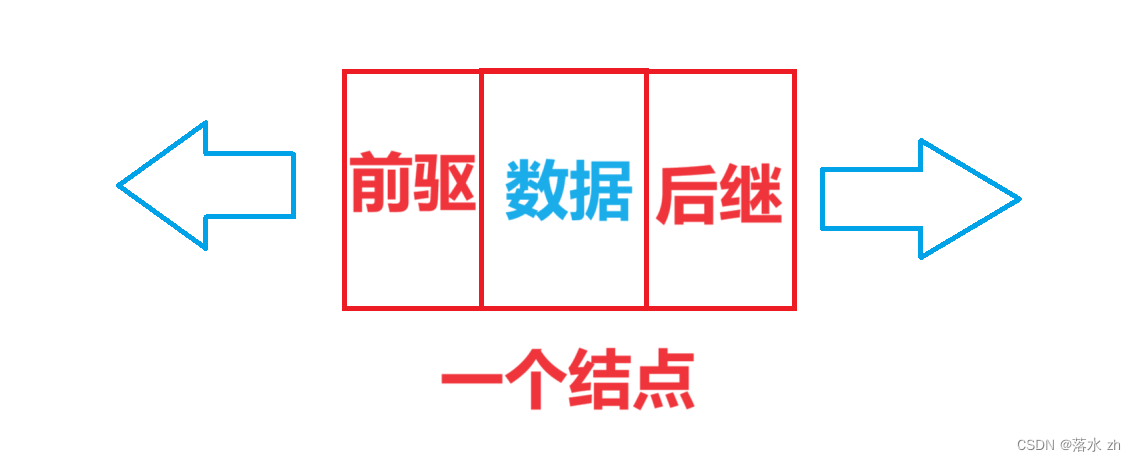
所以我们的结点类要进行修改:
//结点类的定义
template<class T>
struct linkNode
{
linkNode()
:_data(T())
,_next(nullptr)
{
}
linkNode(const T& data)
:_data(data)
,_next(nullptr)
{
}
//数据域
T _data;
//下一个结点的指针
linkNode<T>* _next;
//前一个结点
linkNode<T>* prve;
};
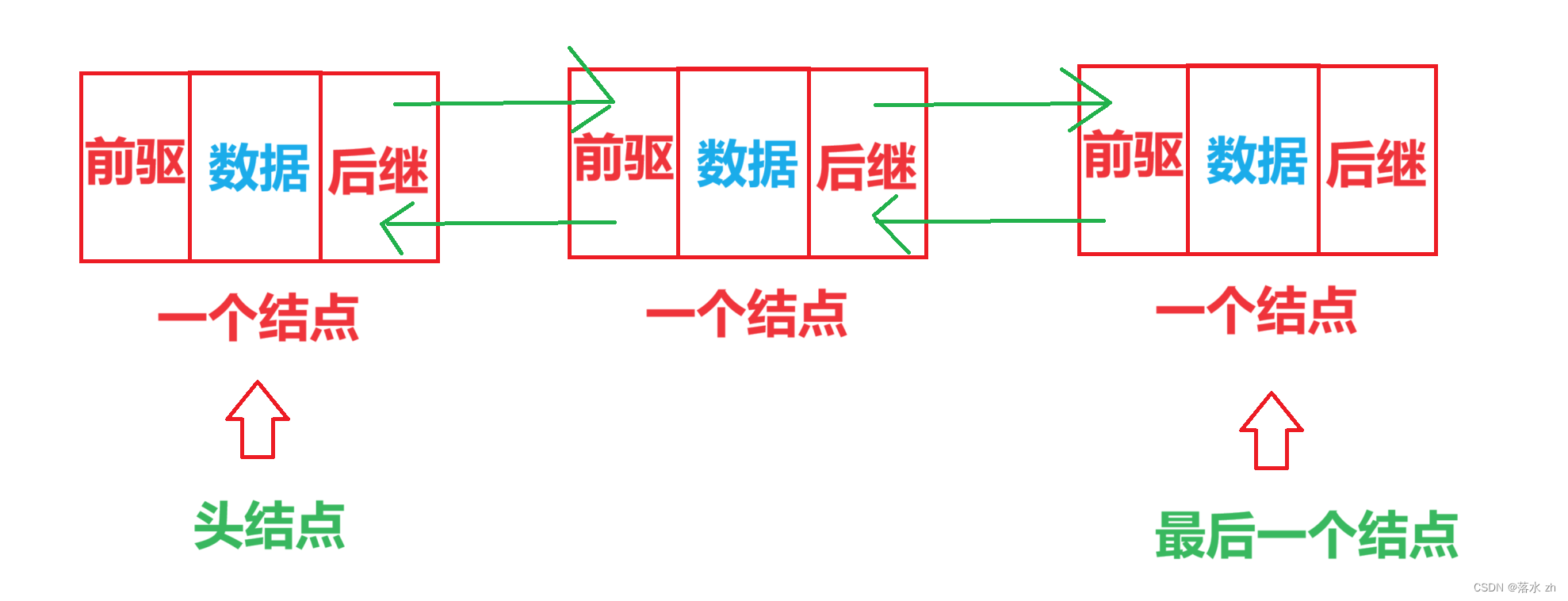 我们在有尾指针的基础上修改:
我们在有尾指针的基础上修改:
只有头结点的时候:
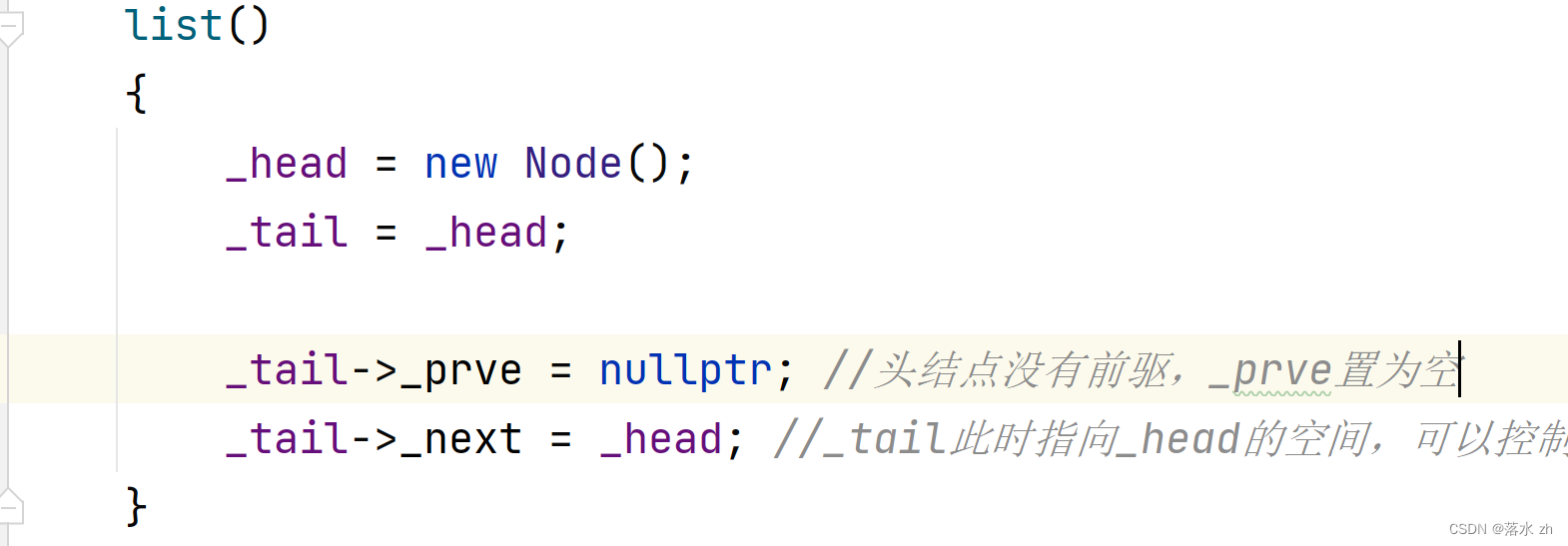
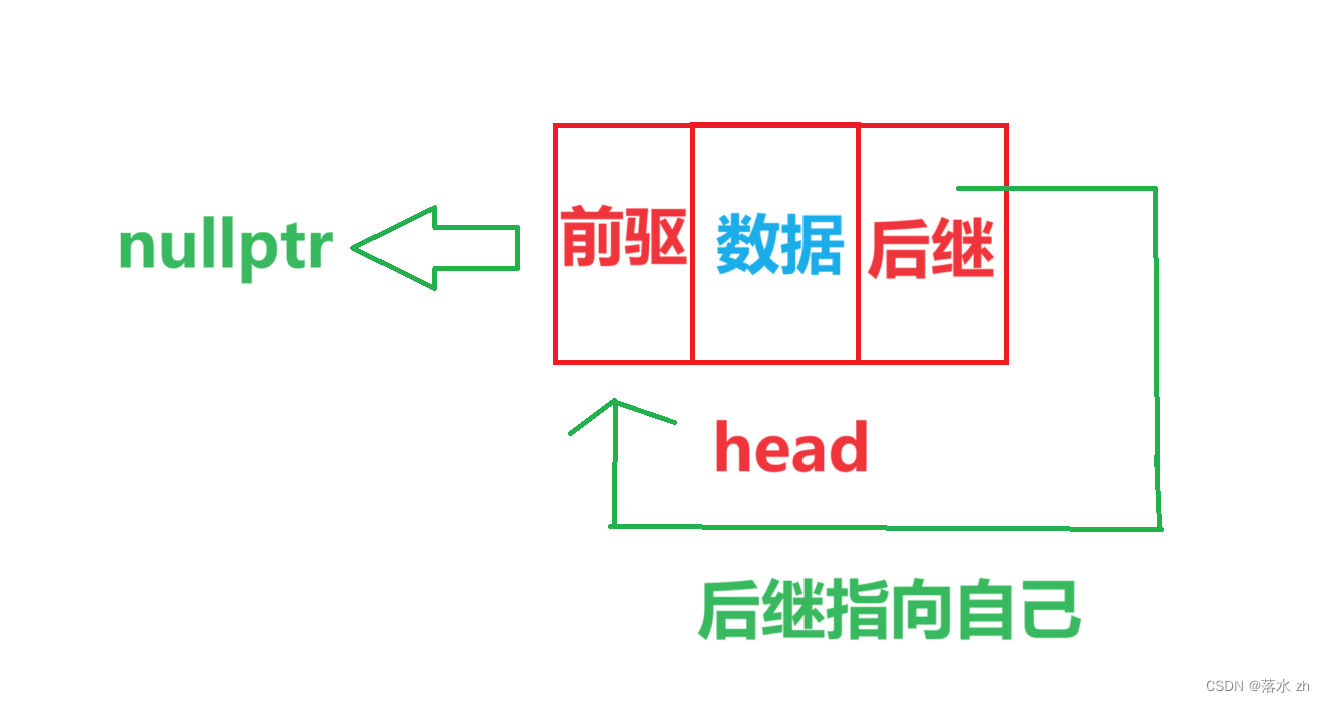
尾插的时候:
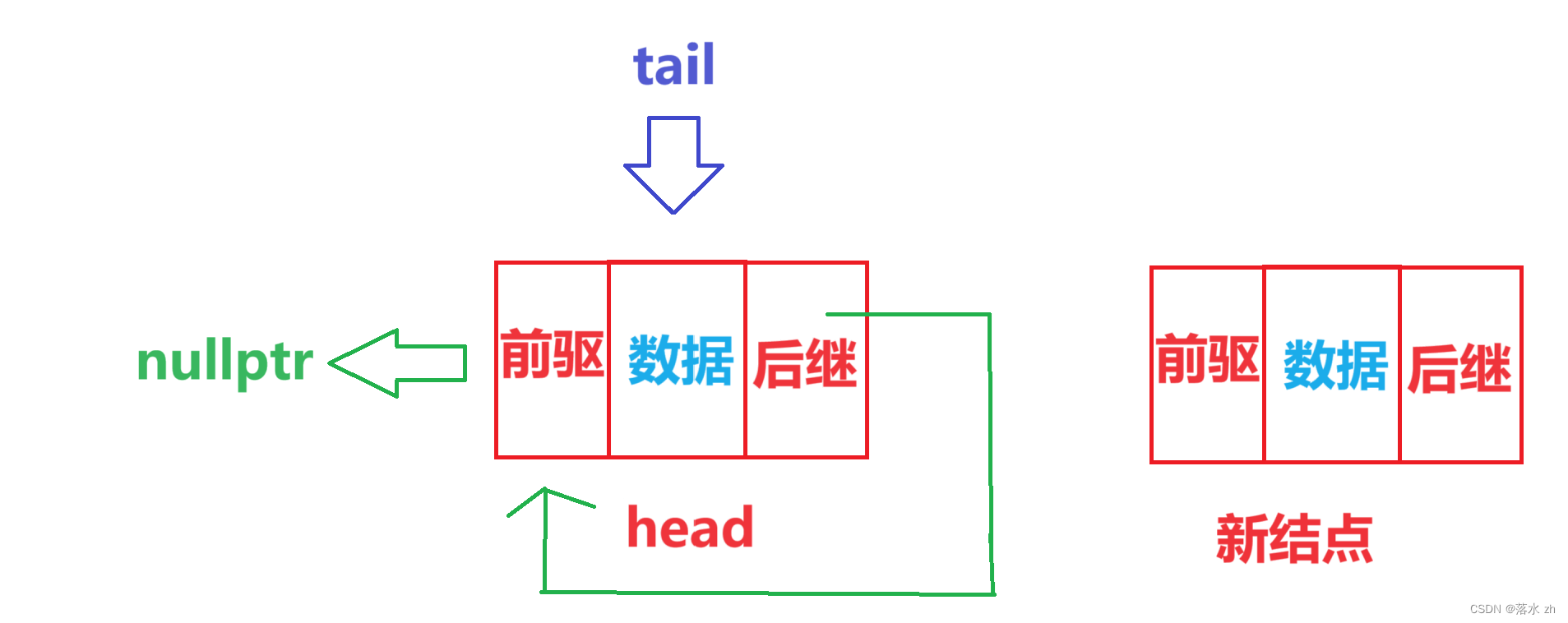
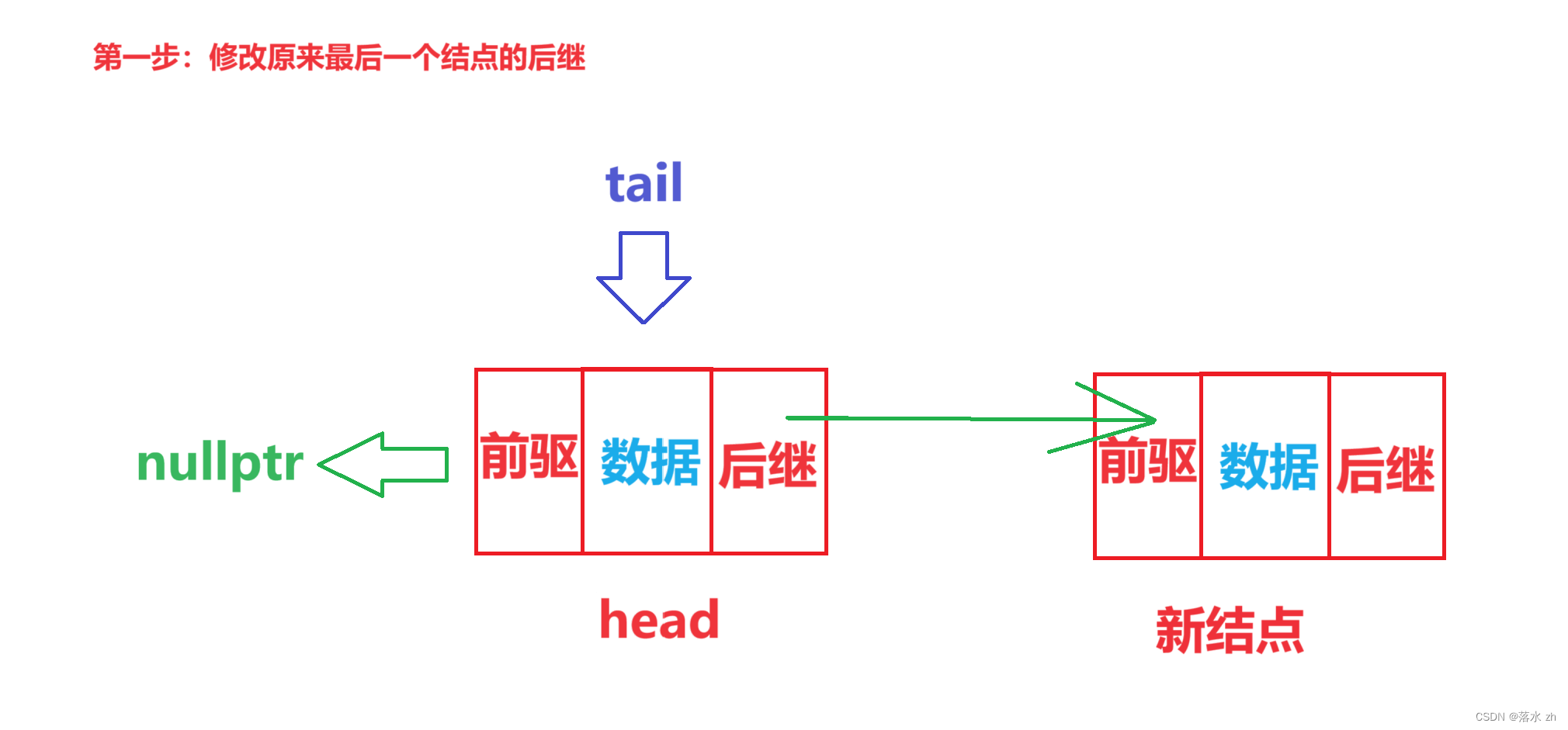
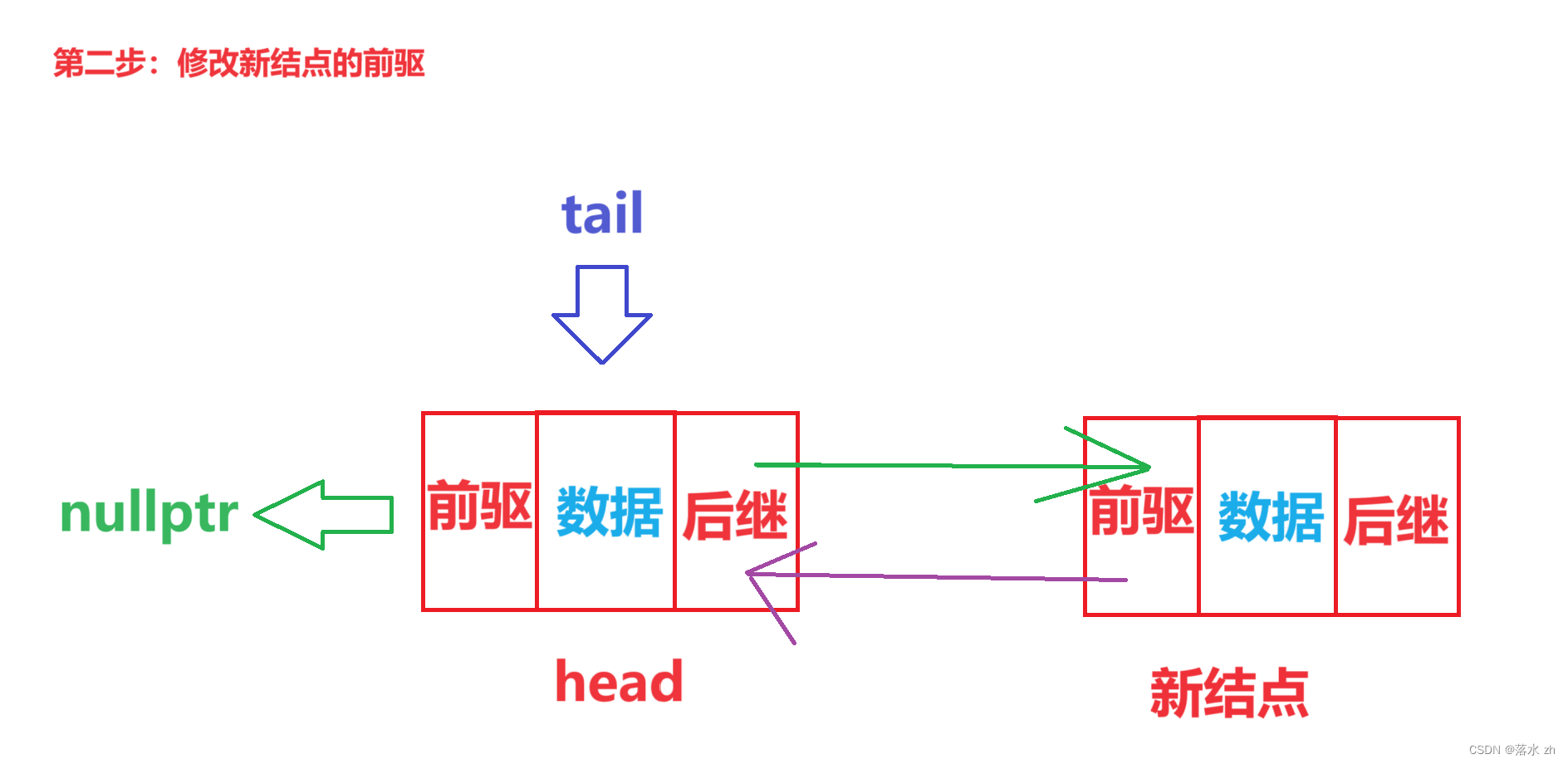 最后移动尾指针:
最后移动尾指针:
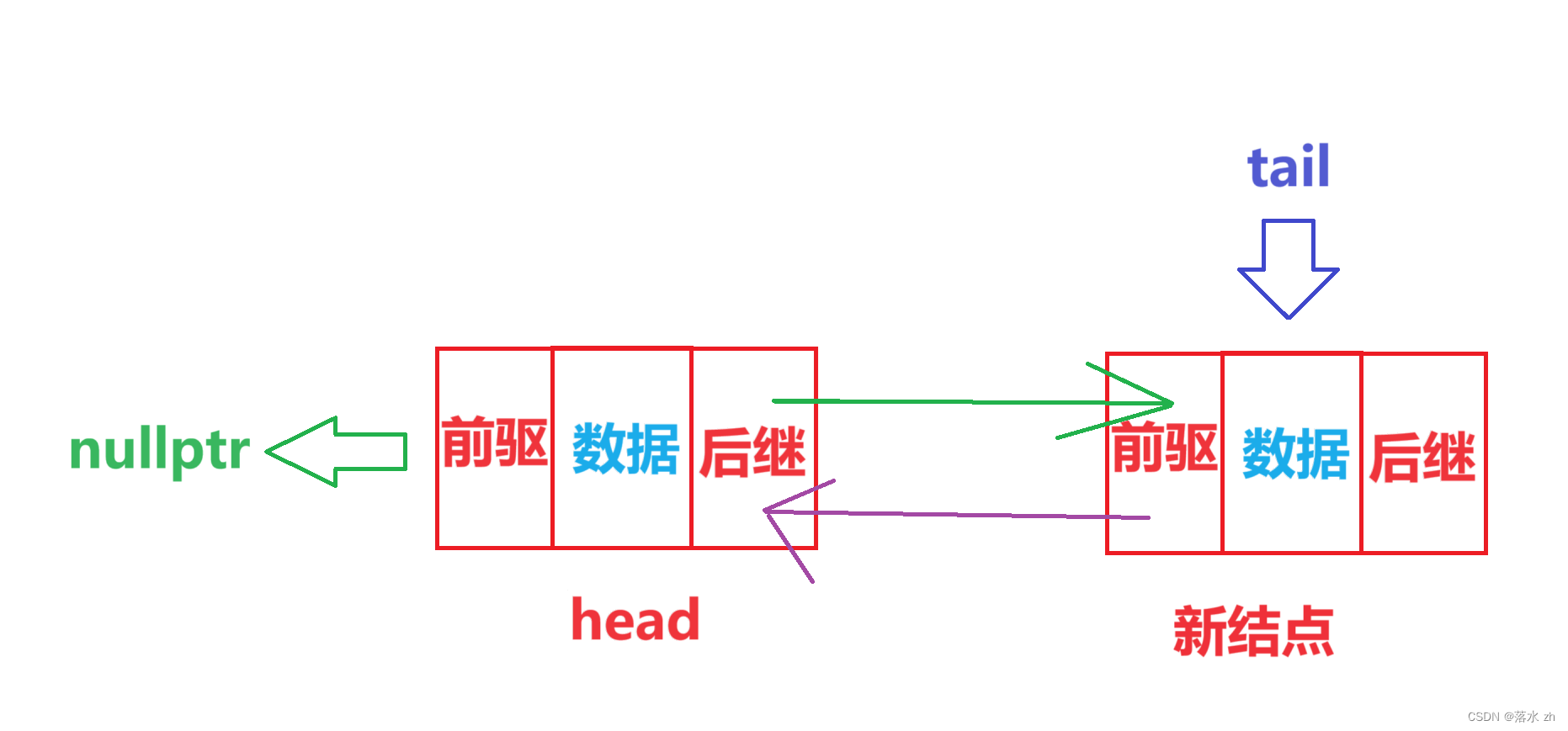
#pragma once
#include<iostream>
//结点类的定义
template<class T>
struct linkNode
{
linkNode()
:_data(T())
,_next(nullptr)
{
}
linkNode(const T& data)
:_data(data)
,_next(nullptr)
{
}
//数据域
T _data;
//下一个结点的指针
linkNode<T>* _next;
//前一个结点
linkNode<T>* _prve;
};
//链表类的定义
template<class T>
class list
{
typedef linkNode<T> Node;
public:
list()
{
_head = new Node();
_tail = _head;
_tail->_prve = nullptr; //头结点没有前驱,_prve置为空
_tail->_next = _head; //_tail此时指向_head的空间,可以控制_head所指的空间,这个操作是指向自己
}
//创建结点
Node* createNode(const T& data)
{
//创建结点
Node* newnode = new Node(data);
if(newnode == nullptr)
{
perror("new fail");
exit(EXIT_FAILURE);
}
return newnode;
}
//尾插
void TailInsert(const T& data)
{
Node* newnode = createNode(data);
_tail->_next = newnode; //修改原先最后结点的后继
newnode->_prve = _tail; //修改新结点的前驱
_tail = newnode;
}
//打印
void PrintList()
{
Node* cur = _head->_next;
while(cur != nullptr)
{
std::cout<< cur->_data << " ";
cur=cur->_next;
}
std::cout<<"END"<<std::endl;
//反向打印
cur = _tail;
while(cur != _head)
{
std::cout<< cur->_data << " ";
cur=cur->_prve;
}
std::cout<<"HEAD"<<std::endl;
}
private:
Node* _head;
Node* _tail; //新增尾指针
};
注意这里,实现双向循环之后,可以实现双向打印:
//打印
void PrintList()
{
Node* cur = _head->_next;
while(cur != nullptr)
{
std::cout<< cur->_data << " ";
cur=cur->_next;
}
std::cout<<"END"<<std::endl;
//反向打印
cur = _tail;
while(cur != _head)
{
std::cout<< cur->_data << " ";
cur=cur->_prve;
}
std::cout<<"HEAD"<<std::endl;
}
双向循环
双向循环就是处理了头结点的前驱和最后一个结点的后继:
在双向链表中:
头结点的前驱指向最后一个结点
最后一个结点的后继指向头结点
 只有一个结点的时候,前驱和后继都指向自己:
只有一个结点的时候,前驱和后继都指向自己:
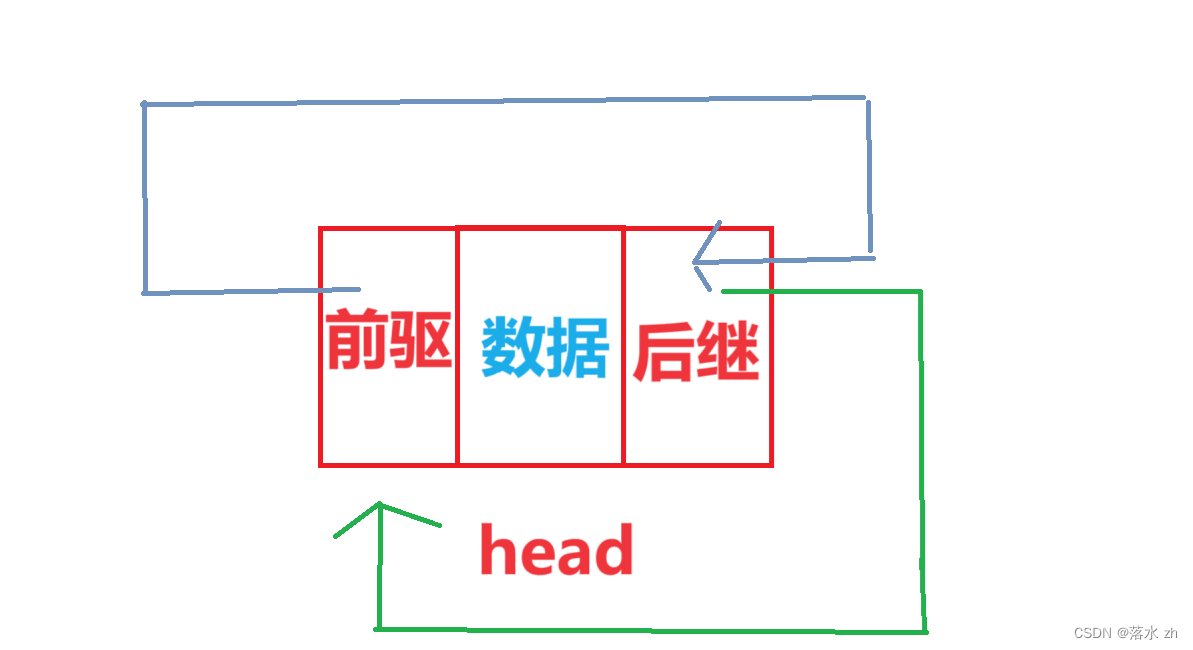
在双向循环中,头结点储存了最后一个结点的信息,所以我们可以去掉尾指针。
#pragma once
#include<iostream>
//结点类的定义
template<class T>
struct linkNode
{
linkNode()
:_data(T())
,_next(nullptr)
{
}
linkNode(const T& data)
:_data(data)
,_next(nullptr)
{
}
//数据域
T _data;
//下一个结点的指针
linkNode<T>* _next;
//前一个结点
linkNode<T>* _prev;
};
//链表类的定义
template<class T>
class list
{
typedef linkNode<T> Node;
public:
list()
{
_head = new Node();
_head->_prev = _head; //头结点没有前驱,_prve置为空
_head->_next = _head;
}
//创建结点
Node* createNode(const T& data)
{
//创建结点
Node* newnode = new Node(data);
if(newnode == nullptr)
{
perror("new fail");
exit(EXIT_FAILURE);
}
return newnode;
}
//尾插
void TailInsert(const T& data)
{
Node* newnode = createNode(data);
newnode->_prev = _head->_prev; //修改新结点的前驱
_head->_prev->_next = newnode; //修改原先最后结点的后继
_head->_prev = newnode; //修改储存信息,指向最新的结点
newnode->_next = _head; //新结点的后继指向头结点
}
//打印
void PrintList()
{
Node* cur = _head->_next;
while(cur != _head)
{
std::cout<< cur->_data << " ";
cur=cur->_next;
}
std::cout<<"END"<<std::endl;
//反向打印
cur = _head->_prev;
while(cur != _head)
{
std::cout<< cur->_data << " ";
cur=cur->_prev;
}
std::cout<<"HEAD"<<std::endl;
}
private:
Node* _head;
//Node* _tail; //新增尾指针
};
